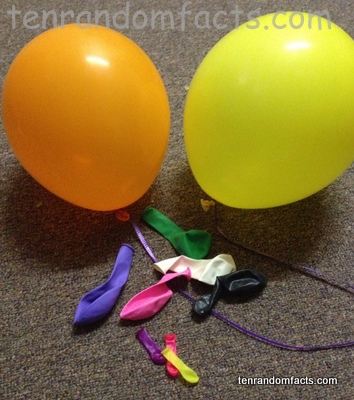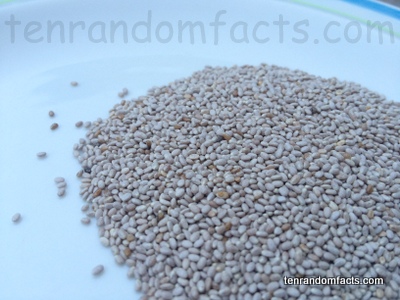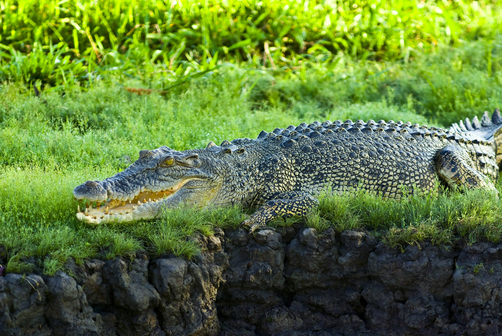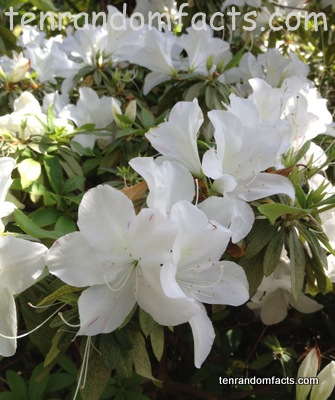
The balloon goes up, up and away!
- Balloons are like an artificial sac and are inflated by filling with a type of gas, so that they become 25 – 3o cm (10 – 12 inches) in diameter, although larger and small size balloons are manufactured.
- Historically, balloons were made from dried animal bladders or intestines and modern balloons are made from rubber, latex, polychloroprene, nylon fabric or foil.
- In 1824, modern style rubber balloons were invented by an English scientist, Michael Faraday, who was using them in his gas related experiments.
- Party balloons, the most common type, are typically made of latex and are inexpensive.
- Balloons will naturally deflate, because the gas inside eventually escapes through the balloon wall, although foil balloons will hold the gas in for much longer periods of time.
- Balloon modelling involves long tubular balloons that are inflated, that can then be twisted into animals or objects, and are common at parties or fairs.
- Dropping or releasing balloons outside is popular at celebrations, such as New Year’s Eve or weddings, although many authorities disagree with releasing balloons as they can damage wildlife, environment or power lines.
- Some balloons are intended to contain water and are easily popped, and are great for throwing at each other, creating a water ‘fight’.
- Balloons are commonly filled with air or helium, but other gases include oxygen, nitrous oxide and hydrogen.
- Large balloons have been used in transportation, and are generally known as hot air balloons.
Bibliography:
Balloon, 2013, Wikipedia, <http://en.wikipedia.org/wiki/Balloon>
The History of Balloons, 2002, Balloon HQ, <https://www.balloonhq.com/faq/history.html>

























